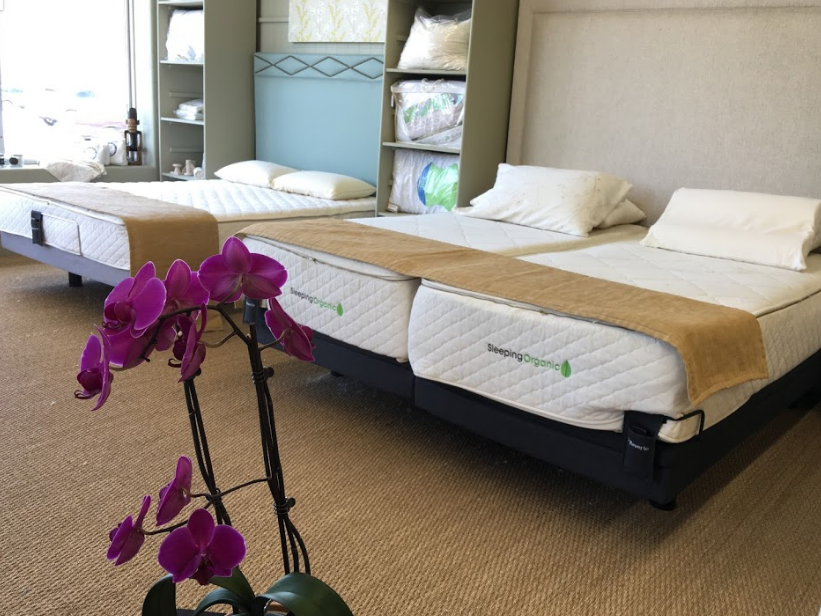- Identify Your Sleeping Preferences: When purchasing a latex mattress, consider factors such as the level of firmness, your preferred sleeping position, and any specific health concerns to refine your choices.
- Explore Mattress Varieties: Investigate the different types available, from classic innerspring to memory foam and latex mattresses, each offering distinct advantages. Delve into the attributes of latex mattresses, noted for their longevity, comfort, health and environmental benefits.
- Set a Budget: Establish a realistic budget that reflects your necessities and tastes, remembering that investing in the highest quality mattress within your means is vital for enduring comfort and support.
- Experience Mattresses Firsthand: Make a point to visit mattress showrooms to sample various models firsthand. Dedicate at least 15-20 minutes to lie on each mattress, evaluating its comfort and support levels.
- Account for Motion Isolation: If you have a sleeping partner, seek mattresses that minimize motion transfer to avoid sleep disturbances caused by movement throughout the night.
- Understand Temperature Control: Choose mattresses that incorporate natural materials to enhance temperature control, which is particularly beneficial if you are prone to sleeping warm.
- Verify Certifications: Look for certifications like OEKO-TEX, GOLS and GOTS (Global Organic Textile Standard), which confirm the mattress adheres to rigorous safety and ecological criteria.
- Consult Customer Feedback: Look at online reviews and customer feedback to learn about the mattress’s efficacy, longevity, and user satisfaction.
- Learn about Warranties
- Make sure you comprehend the terms and conditions prior to your purchase.
- Review Comfort Exchange Policies
Additional Information to Ponder
1. Look for Support: Ensuring your latex mattress provides adequate support is key to maintaining proper spinal alignment and avoiding discomfort or pain. Seek out mattresses with firmness levels customized to your sleep position and body type.
2. Make sure you have a proper latex mattress foundation.
3. Address Allergies: Selecting a hypoallergenic latex mattress that resists dust mites, mold, and mildew is critical if you have allergies. Natural latex mattresses are naturally hypoallergenic and antimicrobial, offering an excellent option for those seeking a cleaner sleep environment.
3. Consider Durability: A durable mattress is a sound investment, promising sustained comfort and support over the years. Natural latex mattresses boast outstanding longevity. Look for Dunlop latex over Talalay latex if durability is of utmost importance.
4. Learn about Edge Support: The stability of a mattress’s perimeter, known as edge support, can influence the usable sleep surface and the mattress’s overall longevity. Search for mattresses with sturdy edges or extra support layers, especially if you have trouble getting in and out of bed.
5. Assess Noise Levels: Mattresses that make noise when bearing weight or during movement can disrupt sleep. Choose mattresses with low noise potential, like latex mattresses, which are generally silent and foster a tranquil sleep setting.
6. Verify Adjustable Base Compatibility: If you’re considering an adjustable bed frame, confirm that the mattress is compatible with its functions. Latex mattresses are flexible and typically fit well with most adjustable bases, enabling personalized sleep position adjustments for maximum comfort.
7. Opt for Eco-Friendly Choices like Sleeping Organic: Environmentally aware shoppers should consider mattresses made from sustainable
